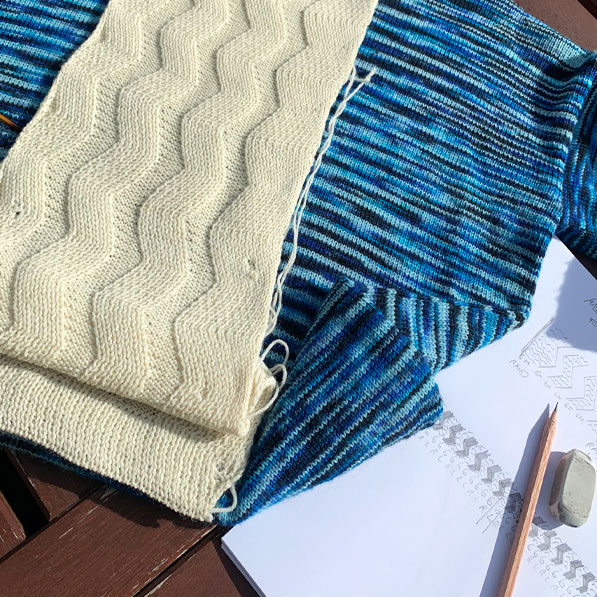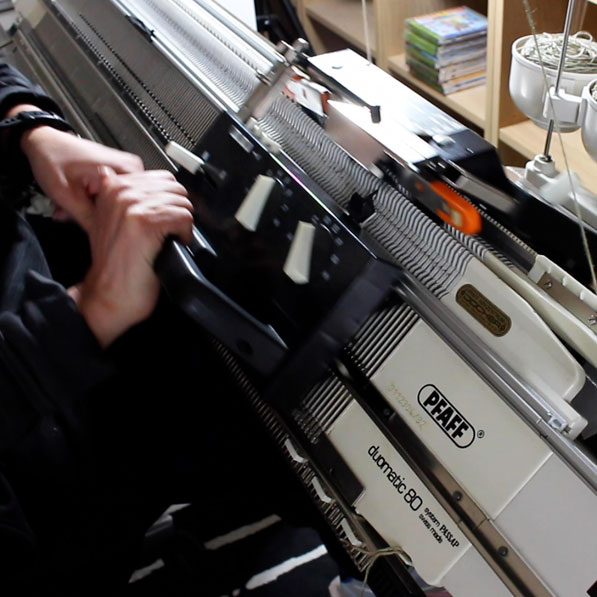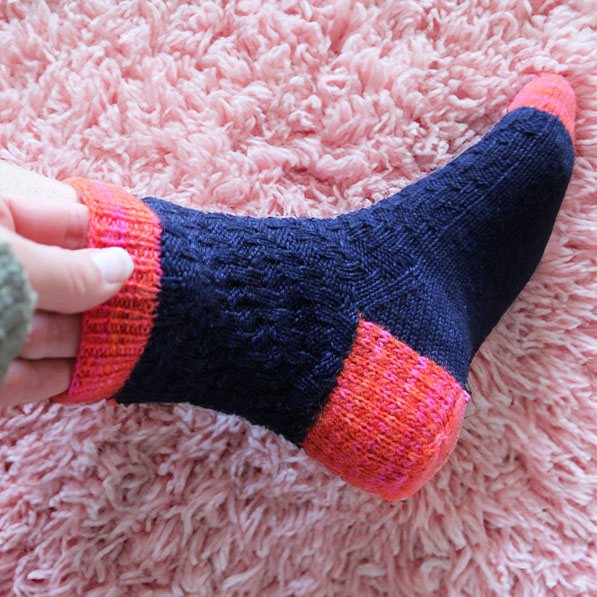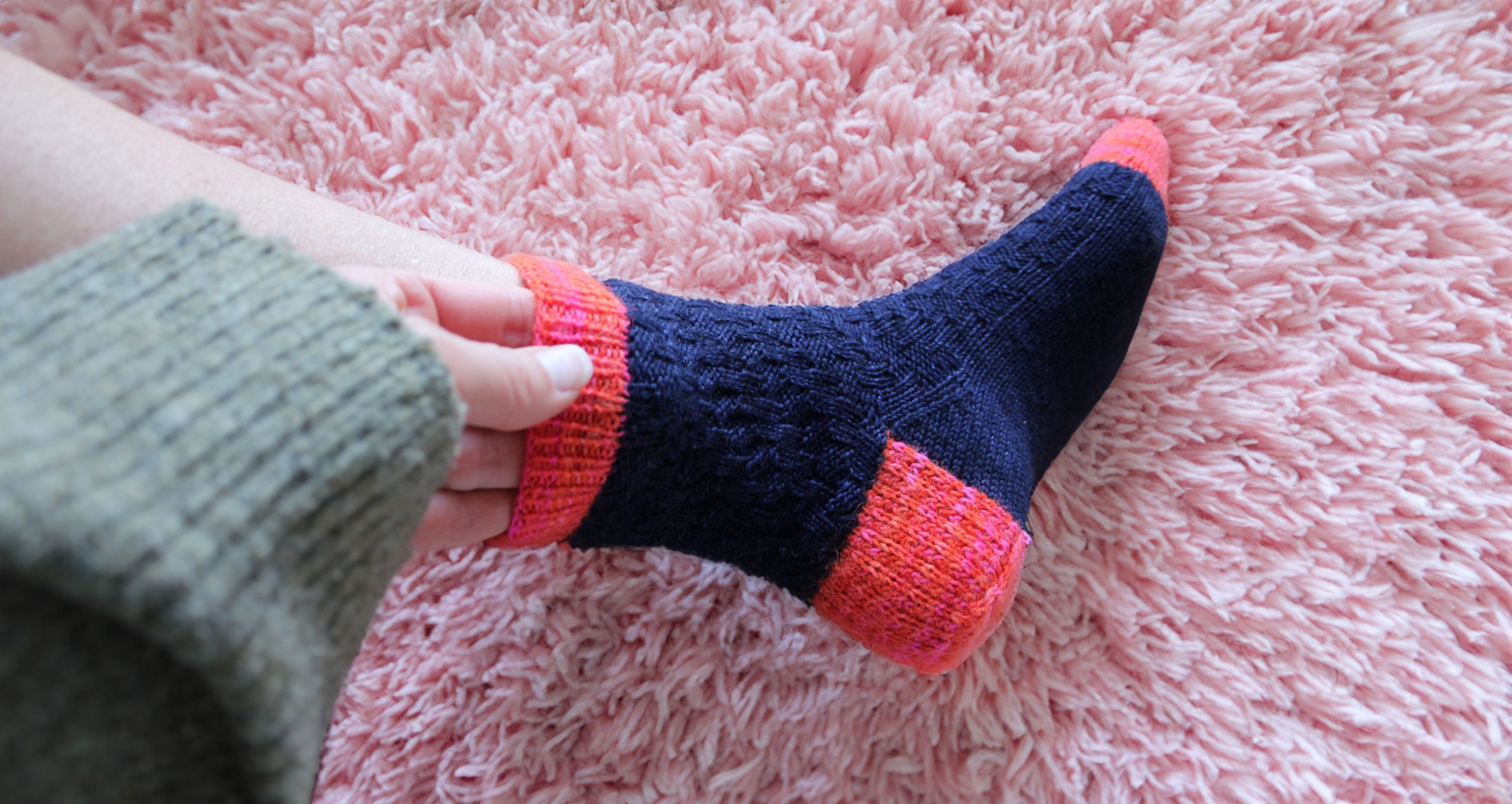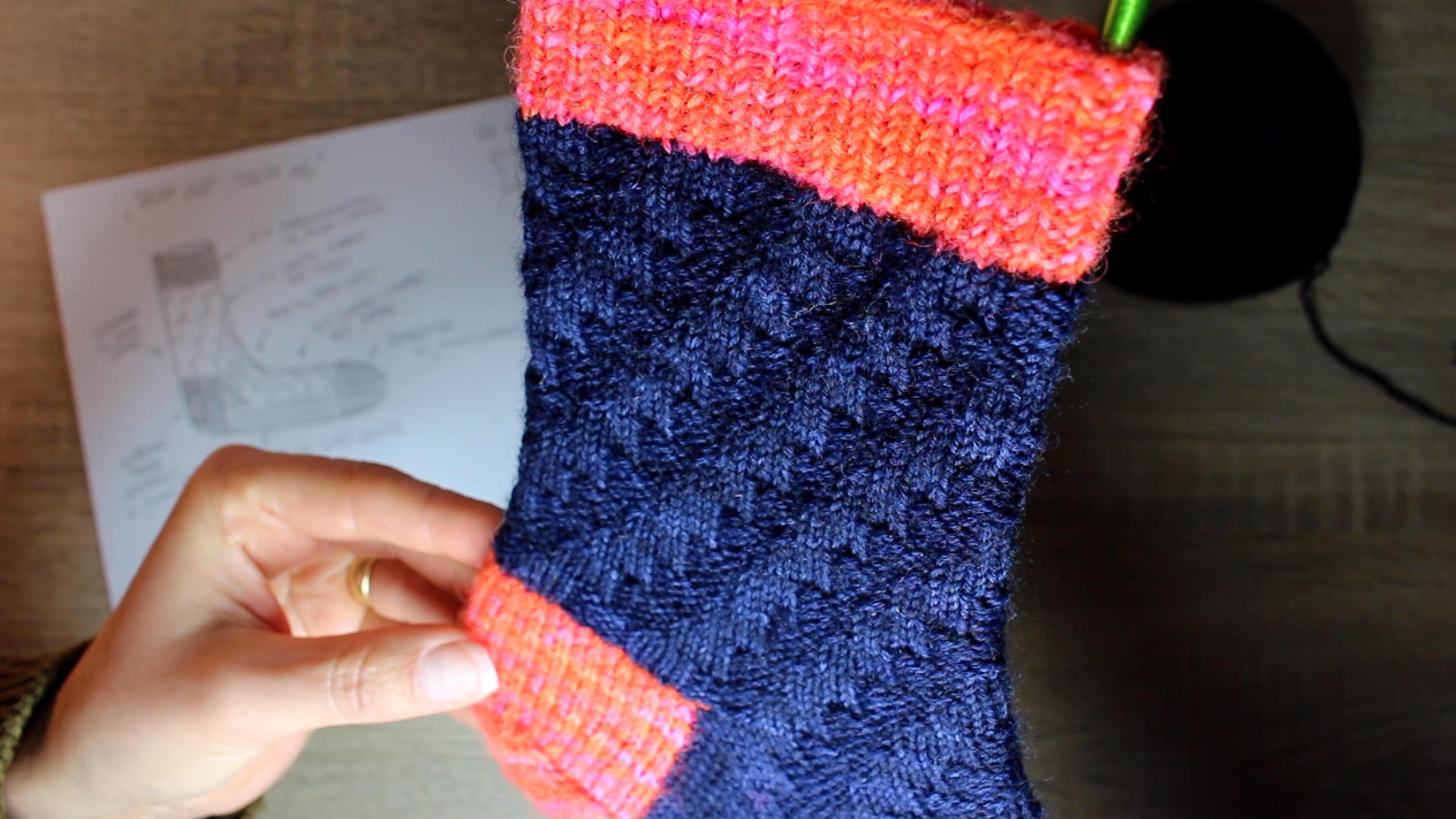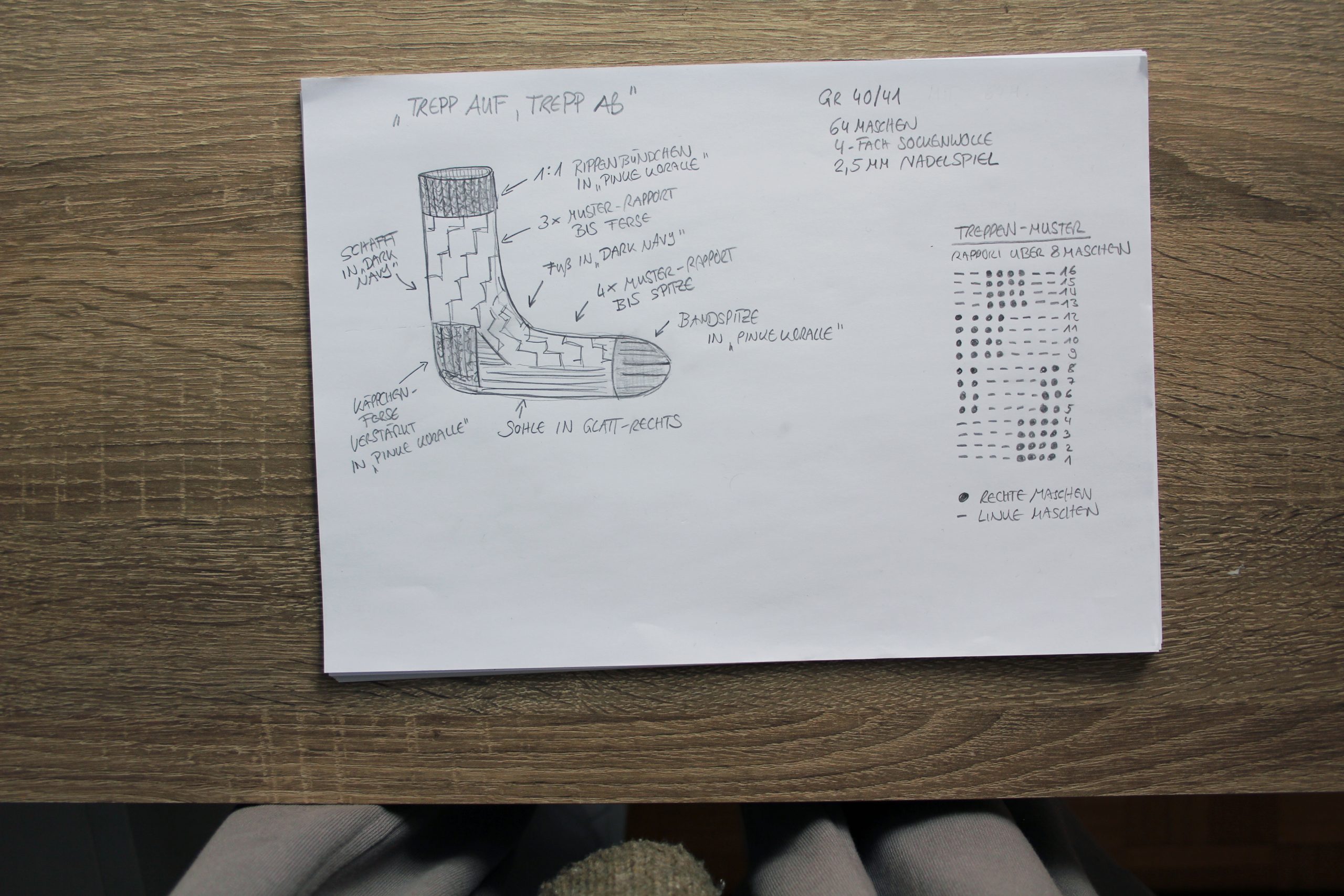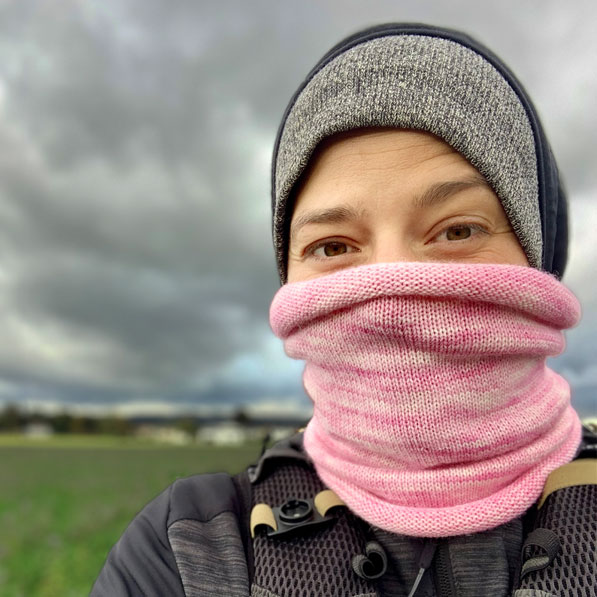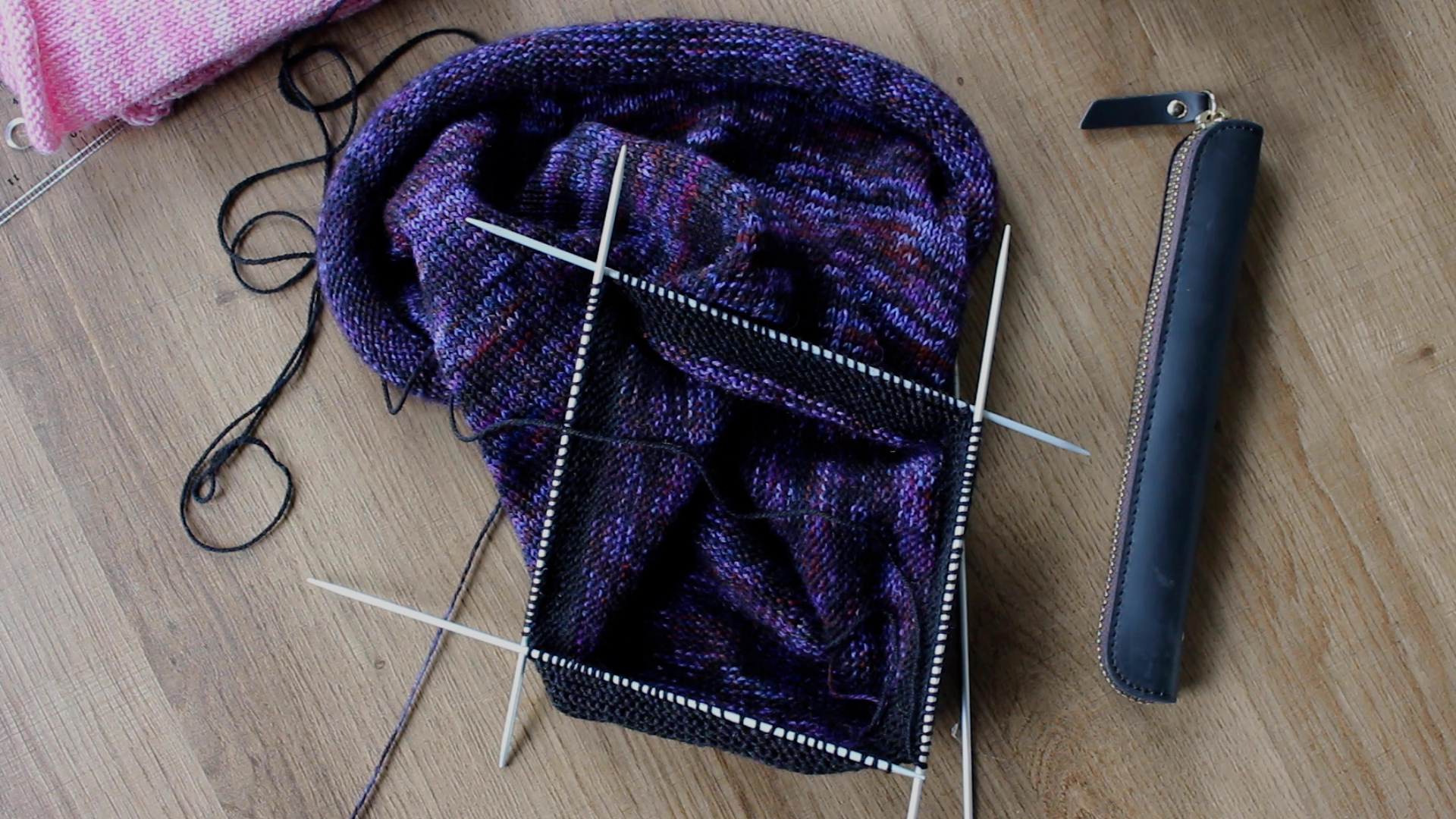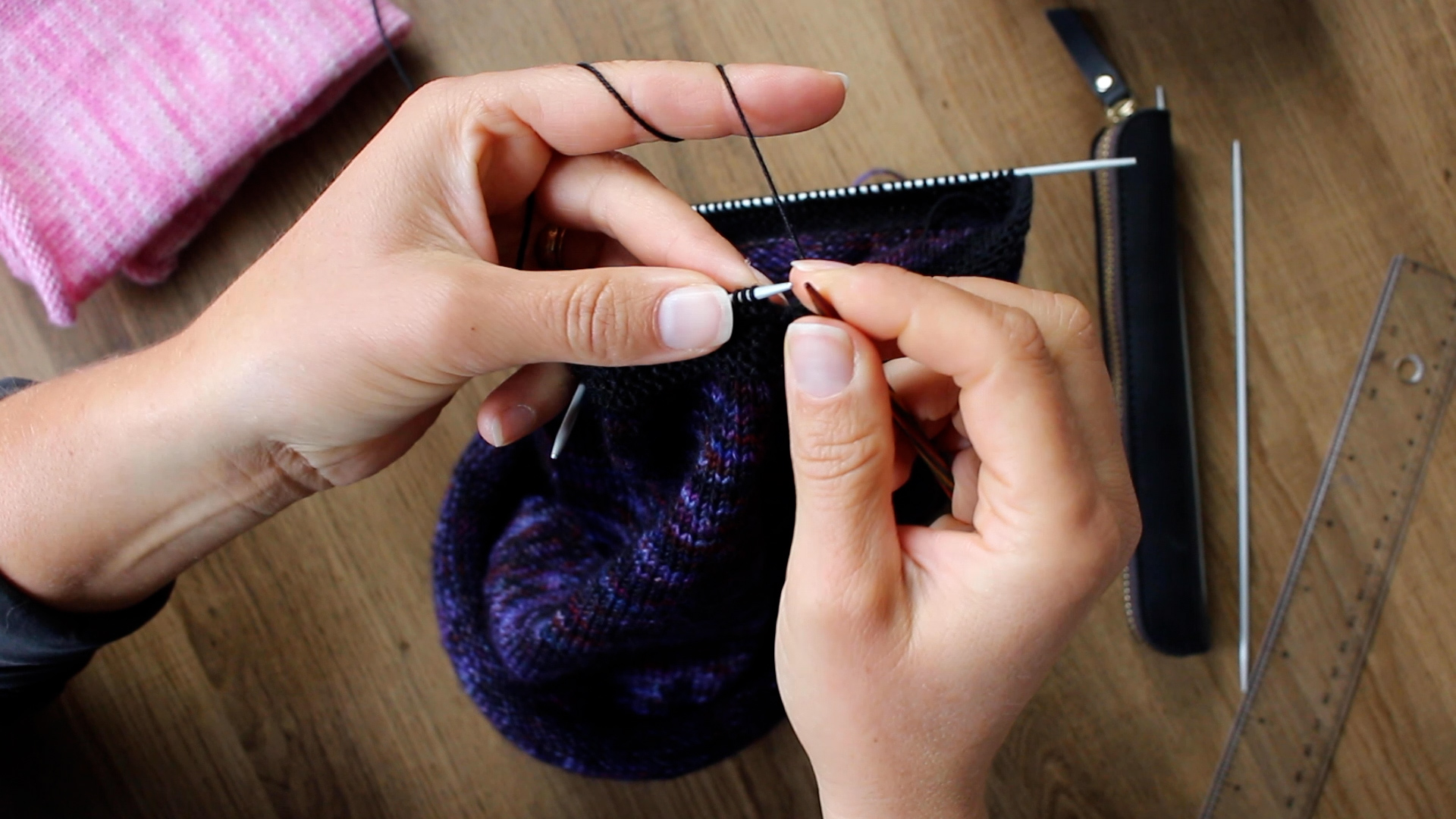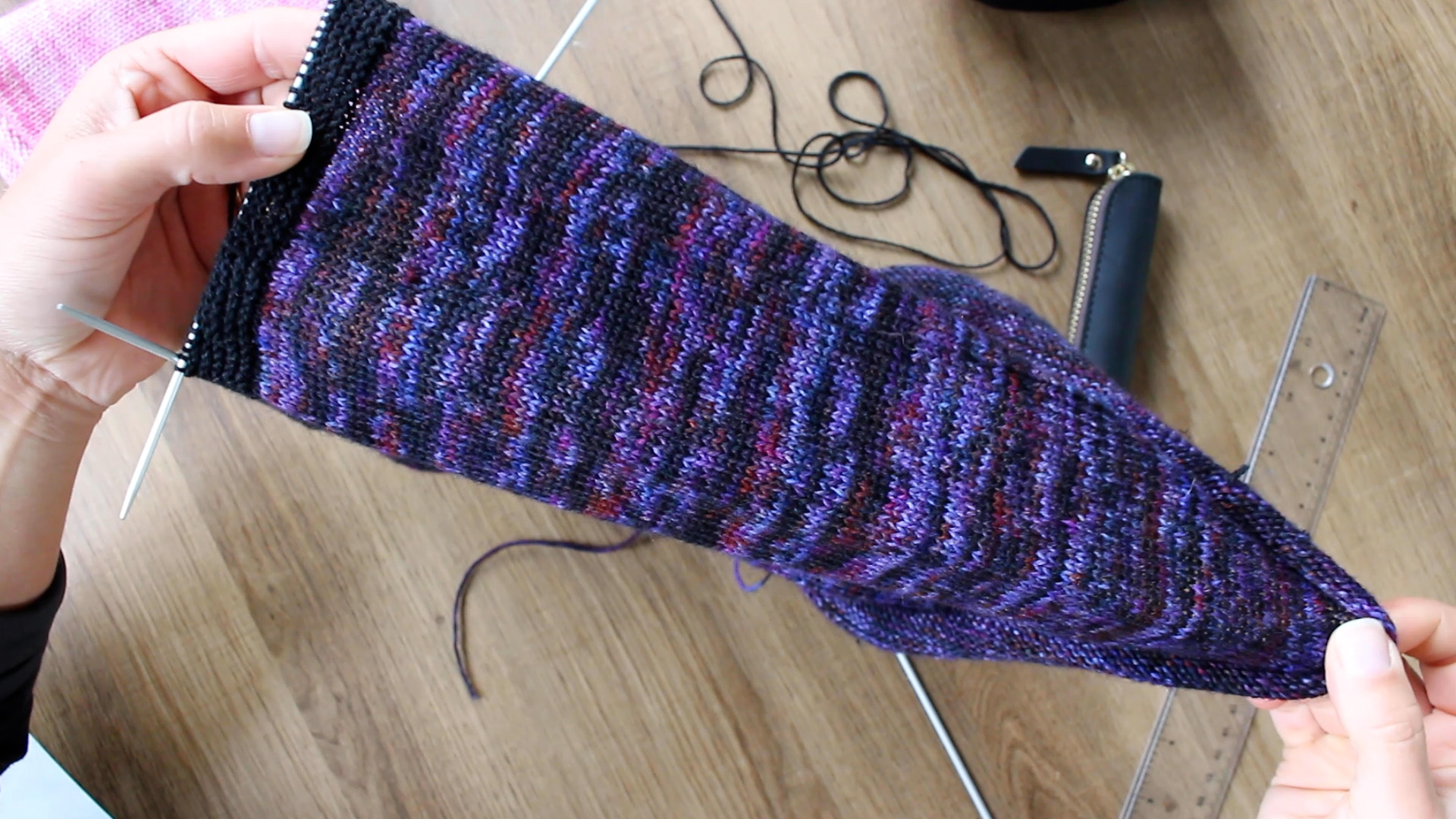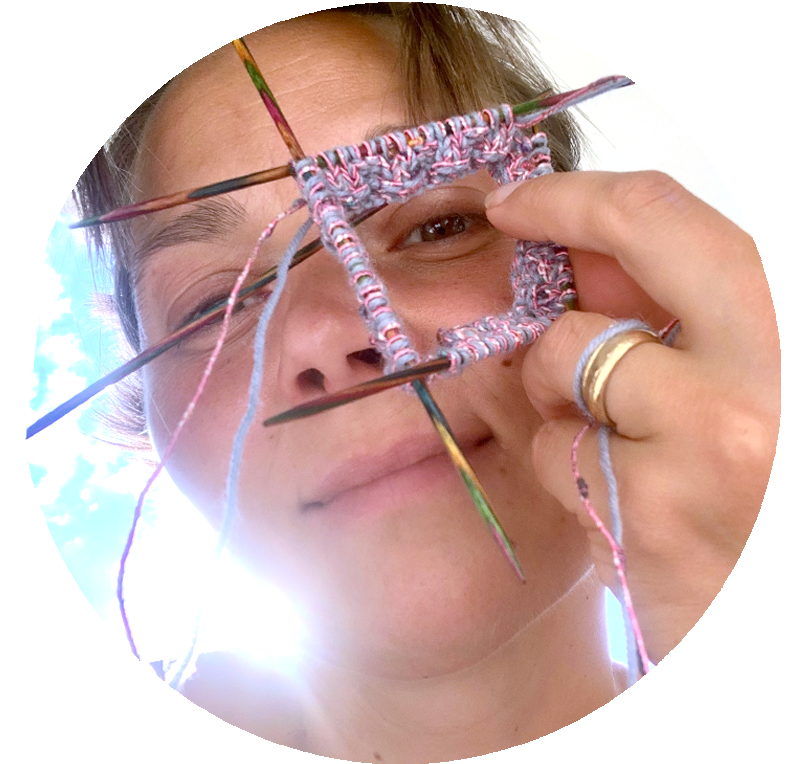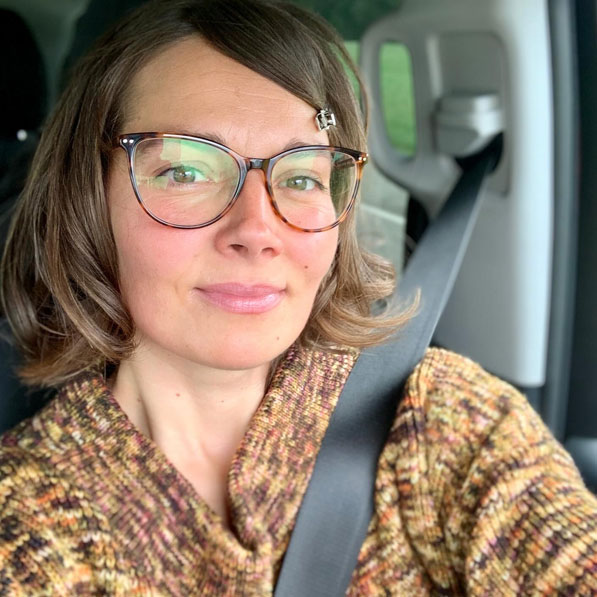
CROPPED OVERSIZE PULLI MIT RETRO-FLAIR

In meinem letzten Beitrag habe ich euch erzählt, dass mein Schnitt für den Oversize-Pullover definitiv Potential für weitere Pullover besitzt. Und ja, so ist es. Heute möchte ich euch meinen neuen wunderschönen Cropped Pullover zeigen.
Der Schnitt ist ähnlich wie bei meinem Cropped Pullover mit Zick-Zack-Muster. Mein neuer Pullover ist jedoch komplett ohne Muster, so dass meine wunderschöne Woll-Färbung perfekt in Szene gesetzt wird.
Ich liebe diese schönen warmen Herbst-Farben in der Woll-Färbung. Die Wolle selbst besteht aus 75% Schurwolle und 25% Polyiamid. Der perfekten Mischung fürs Maschine-Stricken. Zumindest für Anfänger.


Der Schnitt ist wieder super einfach gehalten. Dieses Mal habe ich mich für lange Ärmel und einen extra weiten Kragen entschieden.
Alle Teile sind flach auf der Strickmaschine gestrickt und später von Hand zusammengenäht.



Und auch wenn ich den Pulli wirklich liebe, so muss ich gestehen, dass ich mir zunächst echt schwer getan habe, ihn zu stylen. Nicht wegen der Farbe, sondern wegen dem Schnitt.
Klar kann man so einen Oversize-Cropped Pullover einfach zu einer Jeans anziehen. Aber ich finde, das sah an mir nicht so gut aus. Es sah bequem aus, aber nicht stylisch.
Was macht man in solchen Situationen heutzutage? Ja, genau. Ich hab mich mal ein wenig auch Pinterest und YouTube umgesehen und mir Styling-Trends von Oversize-Cropped Pullover angesehen.
Die Idee, den Pulli zu einem auf Taillie getragenem Rock zu tragen gefiehl mir am Besten. Selbstverständlich sollte der Pulli vorne etwas in den Bund gesteckt werden.
Mit dieser Idee im Hinterkopf hab ich etwas in meinem Kleiderschrank gestöbert.
Ich habe einige ausgestellte Röcke, die ich auf Taillie trage, die ich wirklich absolut liebe. Und die Kombination mit diesem dunkel-blauen Rock (von COS) und dem braunen Ledergürtel (von HUGO) gefiehl mir am Besten.
Perfekt gestylt mit ein paar Wellen im Haar und meiner neuen Brille gefiehl mir das Outfit richtig gut. Und auf der Feier, auf die ich eingeladen wurde, bekam ich sehr viele Komplimente für meinen selbstgestrickten Pulli.

